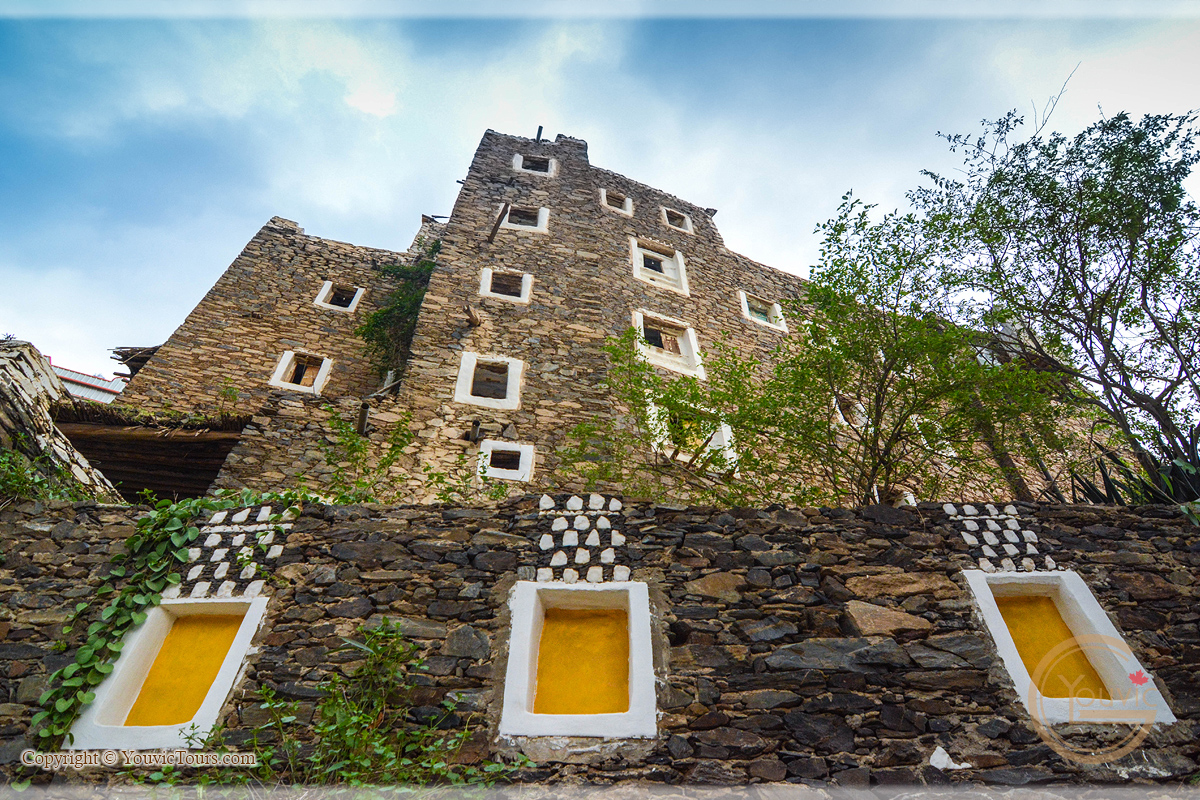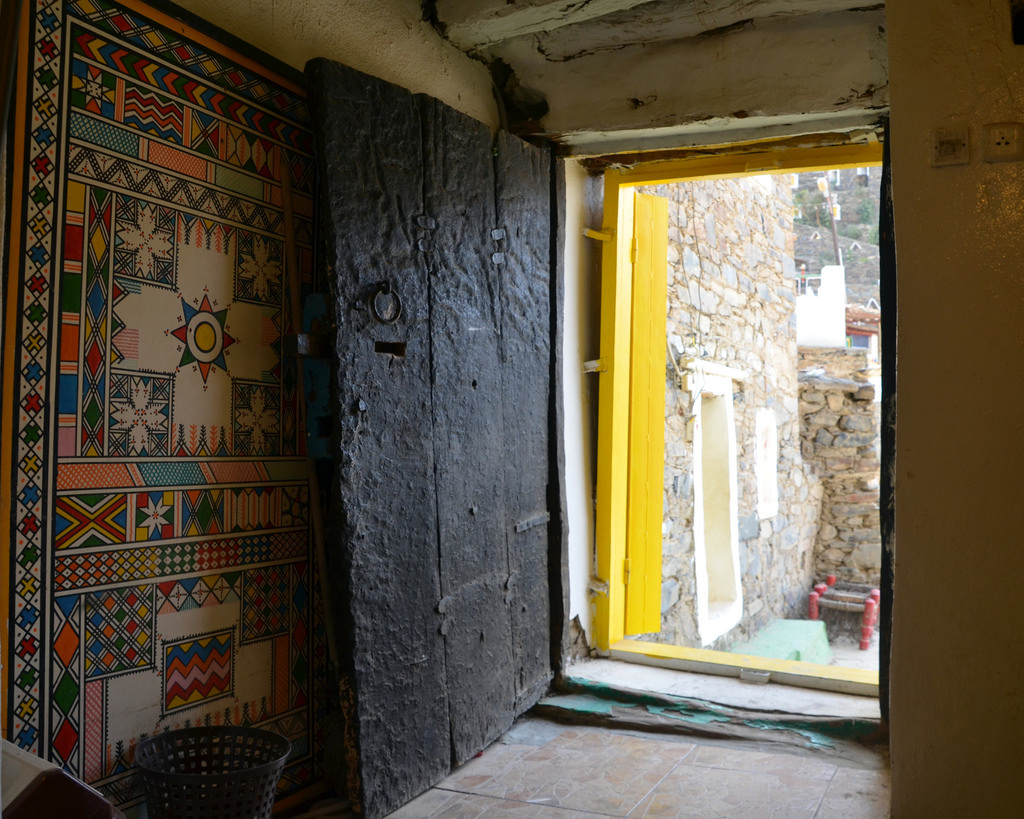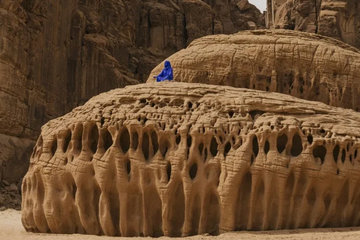
There are currently five UNESCO World Heritage Sites in Saudi Arabia. The first one was the Hijr Archaeological Site that in 2008 was added to this list of world-wide sites that are considered to have a large “cultural, historical, scientific significance,” and are hence now “legally protected by international treaties.”
The Ahsa Oasis was the most recent Saudi addition to this international list when it was added earlier this year. The three other UNESCO World Heritage Sites in the KSA are At-Turaif District of ad-Dir'iyah (added in 2010), Historic Jeddah (2014) and the Rock Art of the Hail Region (2015).

Now, the Saudi village of Rijal Alma has finalized its own submission to be considered for the UNESCO’s World Heritage List and the official applicants are currently awaiting the arrival of experts from the UN International Organization for Culture, Arts and Heritage to inspect the site in person.
Researcher Mohammed Hassan Gharib, who is an expert on the history and development of the village, pointed out that there are “definitive indications of settlement and human presence in the village before the 10th Hijri century,” and that this village in particular, “depicts the stages of growth and prosperity.”

According to Arab News, Gharib explained how this village was once a hotspot destination for traveling traders from all over the world who came through the ports of the Red Sea. He said that the goods sold in the shops of the village at that time came from India, Egypt, Yemen, Europe and Africa. They even used to sell products from as far as Japan and China. The products were a mix of food, grains, household items, spices, perfumes, jewelry and many other items.

The efforts to preserve the cultural heritage of Rijal Alma reach at least as far back as 1985, when the “Alma Museum of Heritage” was founded in a fortress in the village. The museum currently houses 2,800 pieces that are distributed throughout 12 rooms, each of these rooms being focused on a specific part of ancient life: from agricultural tools, to clothes, jewels, cooking utensils and accessories, ancient education tools and some rare manuscripts. The villagers of Rijal have played a very active role in establishing and preserving their surroundings, and for the most part, the museum itself consists of items that have been donated from the villagers themselves.

Researcher Gharib points out that since the inauguration of the museum by Prince Khaled in Asir in 1407 AH, the museum and hence the history of the village itself have become a cultural touristic hub and now, with this bid to become the next UNESCO World Heritage Site in Saudi Arabia, there hope that the ancient village of Rijal Alma will be officially protected for generations to come.

















